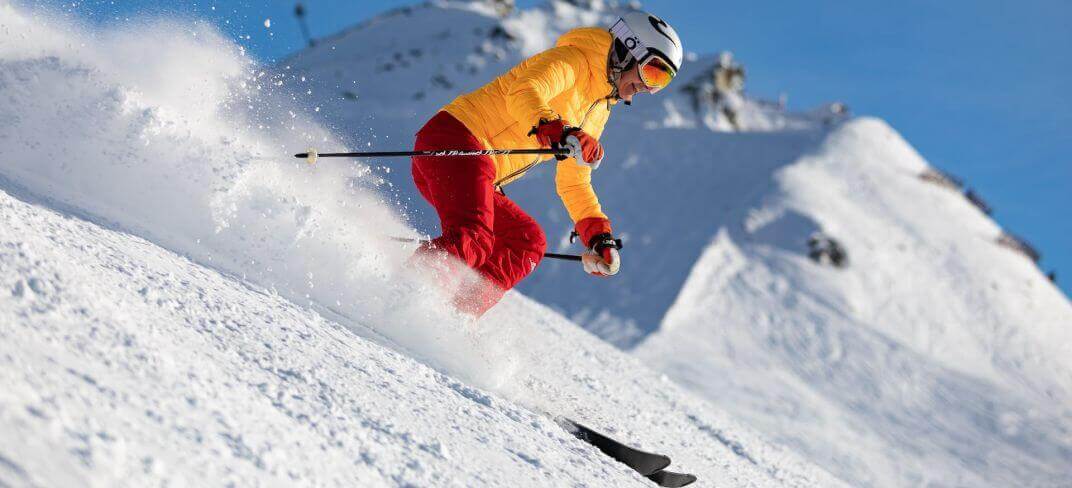How to Train for Safe Skiing

Last Updated: 4 December 2024
Many people eagerly await the arrival of the real cold weather to engage in weekend and winter ski vacations. Whether one has experience on the slopes or is a novice, the important thing is to arrive prepared. Good physical preparation and proper muscle warm-up are essential to make the most of the experience. Targeted exercises in strength, flexibility, endurance, and agility not only improve performance but help prevent fatigue and reduce the risk of injury. With a few tricks and a little consistency, skiing becomes an even safer and more enjoyable activity for everyone!
Preparatory Training: Some Tips for Skiers
To prepare for skiing, regular training three to five times a week, with one- to two-hour sessions, is recommended. The training program should focus on several aspects:
Balance
Good balance is essential on skis. Specific exercises involving the core and lower limbs can improve stability and safety while downhill.
Upper and lower limb exercises
Strengthening both upper and lower limbs is crucial. Focusing on muscles such as those in the legs, buttocks, back and arms can improve endurance and ability to tackle the slopes.
Flexibility
Good flexibility reduces the risk of muscle tears. Regular stretching exercises for legs and back can help maintain a full range of motion.
Strength
Strength is critical to tackling the slopes with confidence. Weight training or resistance exercises help develop the strength needed to handle various terrain conditions.
Intensity
Vary the intensity of exercises during preparation. Include moments of maximum effort and periods of recovery to improve endurance and responsiveness.
Cardiovascular endurance
Good cardiovascular endurance is crucial for coping with downhill runs without overexerting yourself. Activities such as running, cycling or high-intensity training are helpful.
Jumps
Jumping exercises improve muscle power and agility, which are crucial for dealing with variable terrain and obstacles on the track.
How to Prevent Knee Injuries
More than 60 percent of all skiing injuries involve the lower extremities, with injuries to knee ligaments, particularly the ACL, accounting for the majority. Preventing these injuries requires proper leg training, which can be achieved through several practices:
- Ski-specific agility training.
- Plyometric training (e.g., jumps, sprints).
- Strengthening.
- Stretching.
To prevent injuries, it is also important to use proper technique when jumping: jumping straight without excessive lateral movements, aiming for soft landings.
Other Slope Safety Tips
- Always look before entering the slope.
- Give way to skiers ahead of you.
- Keep your attention level high.
- Do not stop in the middle of the slope or in a blind spot.
- Ski according to your age, ability, fitness, and health condition.
In case of injury, you should consult a specialist to assess the severity of the injury and determine the most appropriate treatment and rehabilitation course.
Learn more about our services: